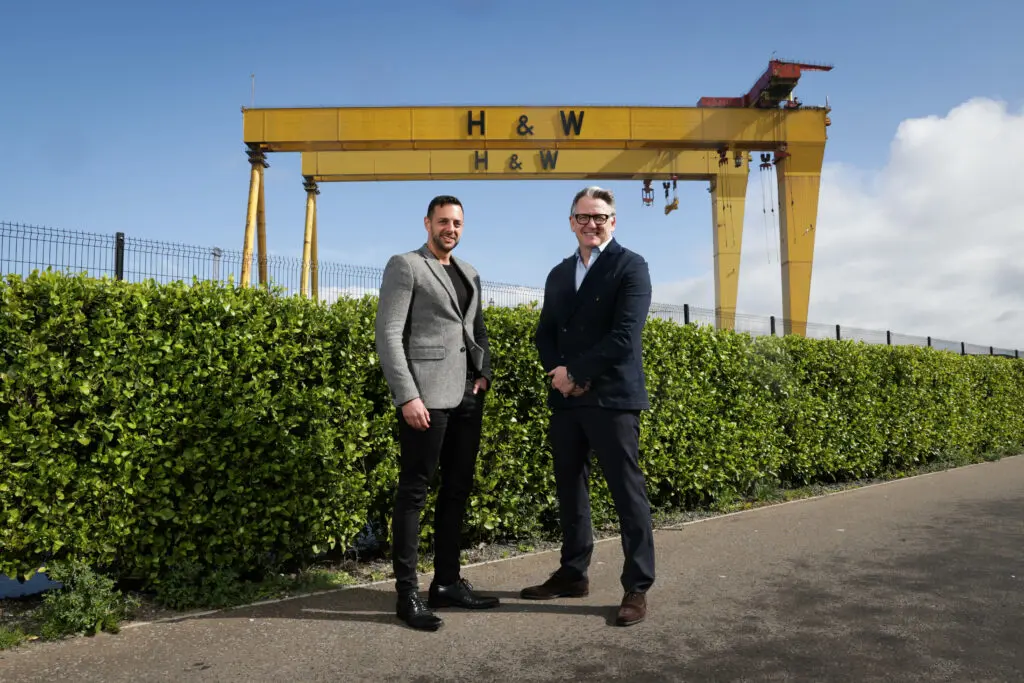‘Vital and Viable’, the good practice guidance that accompanied the old PPG6 included a large survey of planning authorities. A fifth of town centres in 1995, it was reported, were then thought to be ‘declining’, while only a few metropolitan cities and historic towns thought of themselves as ‘vibrant’.
What would the results of such a survey be now?
Oasis, Warehouse, Debenhams and Cath Kidston have filed for administration and between M&S, John Lewis, Boots and WH Smith 14,000 jobs could be at risk.
According to the ONS, online sales in March were up 13% year-on-year, including a substantial 52% growth in sales of household goods. ONS data up to 26 July showed that footfall in UK High Streets, retail parks and shopping centres was 60% of what it was a year previously.
On the one hand, with just one in six workers back in the office and two-thirds of chief executives predicting a move to low density office usage, the prospects for city centre sandwich shops and bars that rely on lunchtime and after work trade look bleak. On the other hand the prospects for independent businesses in the towns and villages where former commuters might be spending their money look rosier.
Can the High Street be saved? Should the High Street be saved? What, indeed, do we even mean by the High Street? What role does the planning system have in answering these questions?
Sam Stafford puts these questions to:
- Iain Jenkinson, Senior Director, CBRE
- Rebecca Trevalyan, Co-founder, Library of Things
- Bill Grimsey, past leadership at Wickes, Iceland and Focus
BECG proudly supports the 50 Shades of Planning Podcast from Samuel Stafford, Regional Strategic Land Director at Barratt Developments.
If you’d like to take part in the podcast or want help managing or launching your own podcast then please get in touch on 0161 359 4100 or email Kevin Whitmore.




